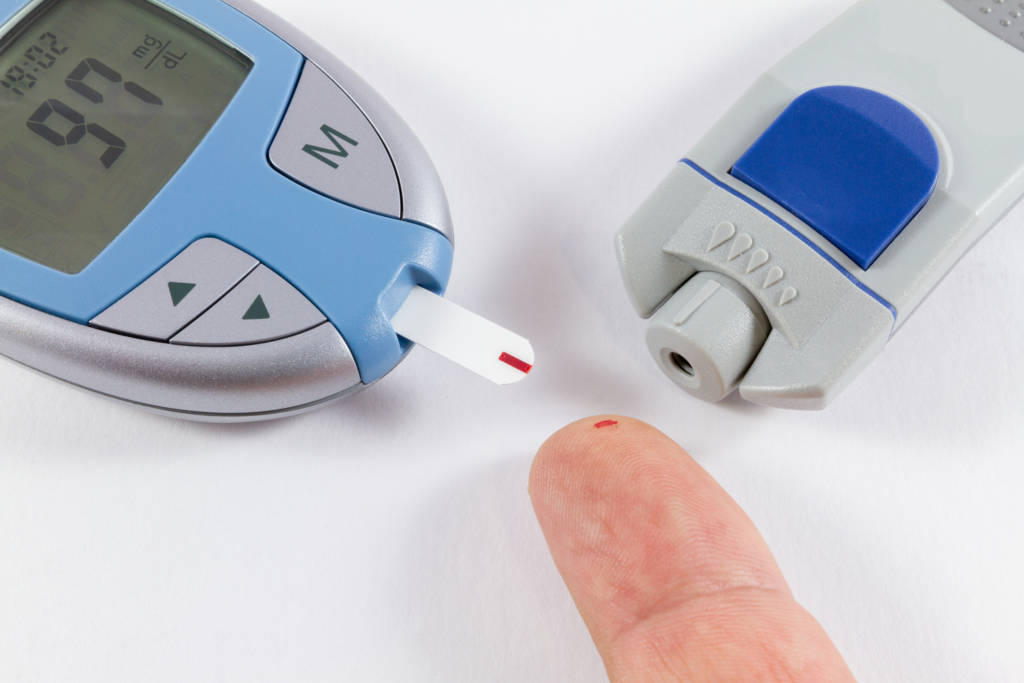Keeping blood sugar levels within a safe range is key to managing both type 1 and type 2 diabetes. In a new finding that could lead to fewer complications for diabetes patients, Yale School of Medicine researchers has found that changes in the size of mitochondria in a small subset of brain cells play a crucial role in safely maintaining blood sugar levels.

“Low blood sugar can be as dangerous as high blood sugar,” said senior author Sabrina Diano, professor in the Departments of Obstetrics, Gynecology & Reproductive Sciences, Neuroscience, and Comparative Medicine. “We’ve found that changes in the size of mitochondria — small intracellular organelles responsible for energy production — in certain cells in the brain, could be key to maintaining the blood sugar within a safe range.”
“This new finding adds to our understanding of how the body keeps blood sugar levels within a safe range when sugar levels drop, like during fasting, or when they spike after a meal,” Diano added.






